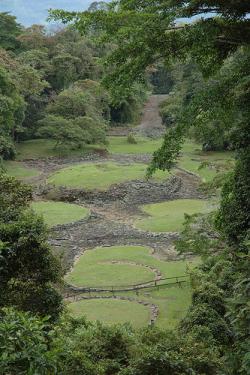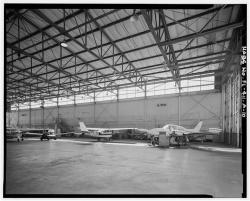The early people of Costa Rica in the present-day area of Turrialba in Cartago Province built this ceremonial center with care and precision, and it is the country's primary and most important archaeological site. The Guayabo National Monument is of international significance because of its extensive roadways, retaining walls, underground channels, water supply, and flood control and drainage facilities that represent early civil engineering achievements by pre-Columbian people.
2009

YearAdded:
Image Credit: Courtesy Flickr/Steve L. Martin (CC BY 2.0)Image Caption: Guayabo Ceremonial CenterEra_date_from: 300 BC
2009

Established in 1935 as the Valparaiso Bombing and Gunnery Base, the base supported the U.S. Army Air Corps, the predecessor to the U.S. Air Force, as its primary facility for training new pilots in bombing and gunnery tactics. It also served as a test facility for aircraft, aircraft armament, air-delivered munitions and other aircraft systems. The base was renamed Eglin Field in 1937 in honor of Air Corps aviator Lt. Col. Frederick I. Eglin, who trained pilots during World War I, and who had recently died in an aircraft accident. After Congress created the U.S.
YearAdded:
Image Credit: Public Domain (National Park Service)Image Caption: Eglin Air Force BaseEra_date_from: 1935
2009
In 1751 Benjamin Franklin published “Experiments and Observations on Electricity, Made at Philadelphia in America.”
Experiments summarized in this booklet determined the existence of positive and negative charges, and the difference between insulators and conductors. This work led to the invention of the lightning rod. Its complete construction was popularized in Poor Richard’s Almanack in 1753. This is the first practical engineering application of electricity.
A unifying theory covering static electricity, lightning, and stored charge was invented.
YearAdded:
Image Credit: Public Domain (Author's Choice)Image Caption: "Experiments and Observations on Electricity" by Benjamin Franklin, currently located at the American Philosophical Society LibraryEra_date_from: 1751
2009


